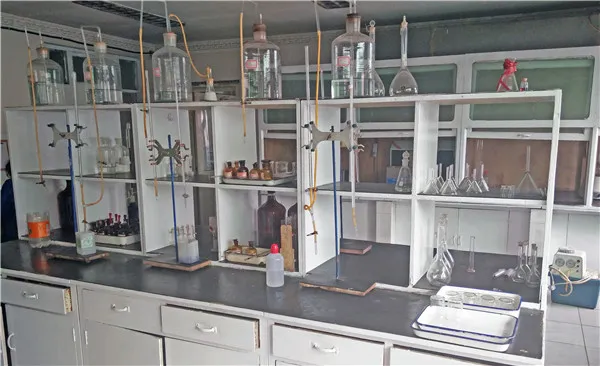Understanding the Additives Used in Plastics
Plastics have become an integral part of modern life, influencing countless aspects of our daily activities, from packaging and construction materials to automotive components and consumer electronics. However, the plastic products we use are rarely made from pure polymer resins. Instead, they are often enhanced with various additives that improve their performance, durability, and aesthetics. This article explores the key additives commonly used in plastics and their functions.
Types of Additives
1. Stabilizers One of the most critical functions of additives in plastics is to protect the material from degradation due to exposure to environmental factors, such as heat, light, and oxygen. Stabilizers, such as antioxidants, UV stabilizers, and thermal stabilizers, are incorporated into plastic formulations to extend their lifespan. For example, ultraviolet (UV) stabilizers prevent discoloration and brittleness that can occur when plastics are exposed to sunlight.
2. Plasticizers Many types of plastics are rigid in their natural state. To enhance flexibility and workability, plasticizers are added. Phthalates are commonly used plasticizers that soften plastics like polyvinyl chloride (PVC) to produce a more flexible material suitable for applications such as pipes, toys, and flooring. However, due to health concerns regarding certain plasticizers, there is an increasing demand for safer alternatives, such as bio-based plasticizers.
3. Fillers Fillers are used to improve the mechanical properties of plastics while also reducing production costs. Common fillers include calcium carbonate, talc, and clays. These additives can enhance strength, rigidity, and thermal stability, making the plastic more suitable for various applications. Fillers also reduce the amount of expensive resin needed in formulation, making plastics more cost-effective.
what additives are used in plastics

4. Colorants The visual appeal of plastic products is often enhanced through the incorporation of colorants. Dyes and pigments are used to achieve a wide range of colors and finishes. Colorants not only serve aesthetic purposes but can also provide additional functionality, such as UV protection or improved visibility in safety applications.
5. Flame Retardants In many industrial and consumer applications, safety is a paramount concern. Flame retardants are additives that help reduce the flammability of plastics, making them suitable for use in electrical appliances, vehicles, and building materials. Depending on the application, different types of flame retardants are employed, ranging from halogenated compounds to phosphorus-based materials that provide non-toxic alternatives.
6. Impact Modifiers To improve the toughness and impact resistance of certain plastics, impact modifiers are added. These additives help prevent the material from cracking or breaking under stress. For example, in the production of acrylonitrile-butadiene-styrene (ABS) plastics, impact modifiers enhance performance without significantly affecting other properties.
7. Antimicrobials With growing awareness of hygiene and sanitation, antimicrobial additives have gained popularity, particularly in medical and food packaging applications. These additives inhibit the growth of bacteria, mold, and mildew, ensuring that surfaces remain clean and safe for use.
Conclusion
Additives play a crucial role in the versatility of plastics, enabling their customization for a wide array of applications. Understanding the various types of additives and their functions highlights the complexity and ingenuity involved in plastic production. As the demand for more sustainable and safer plastic materials increases, the industry is continuously innovating, focusing on eco-friendly alternatives and reducing the environmental impact of these essential materials. By improving our knowledge of these additives, manufacturers, policymakers, and consumers can make informed decisions that balance performance and sustainability in the use of plastics.

